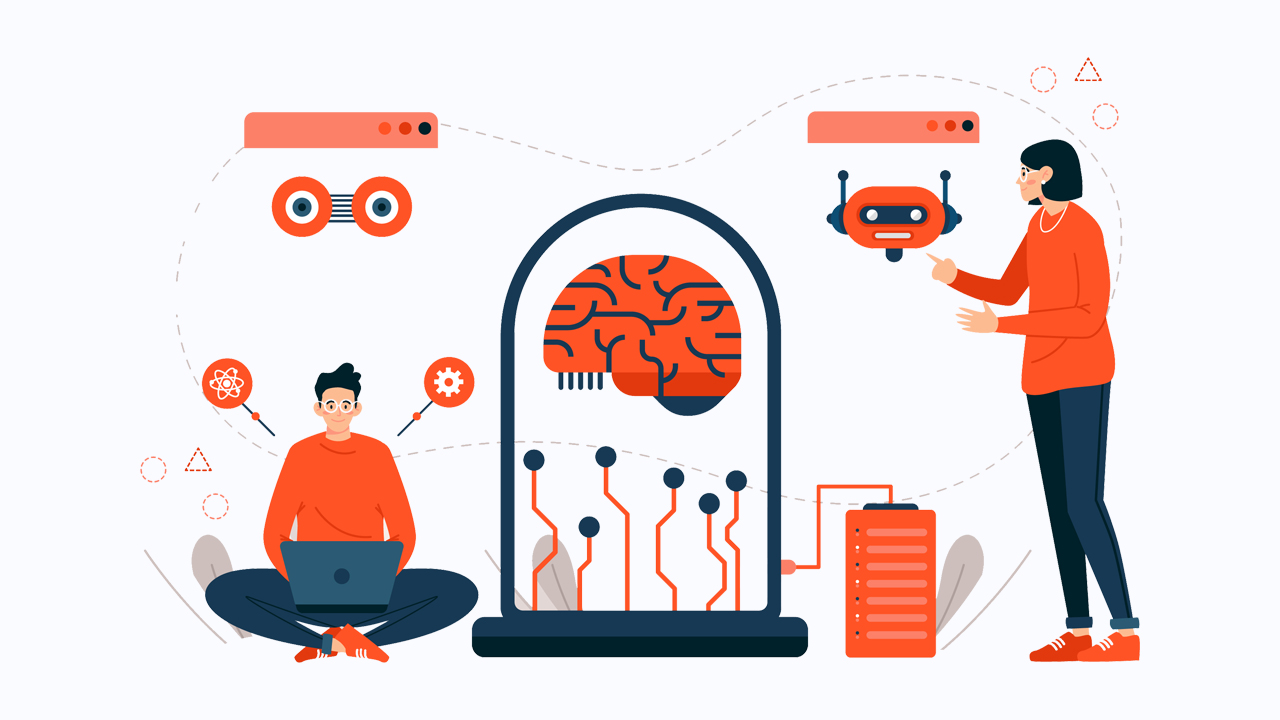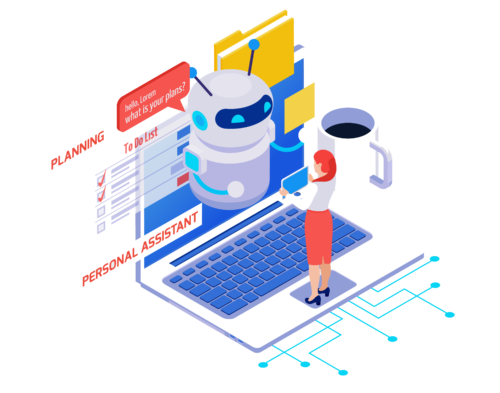
In a recruitment process, people are at the center; therefore, the term human resources. No matter what technologies come into the picture, only humans can improve candidate experience, which is a critical factor in modern recruitment. On the contrary, candidates can be sourced and screened by applicant tracking systems or other tools, making the process faster and more effective.
While recruitment technology is growing tremendously popular these days, there is a conflict between two categories among recruiters- automation and augmentation. Both recruitment automation and recruitment augmentation are part of AI recruitment. In this article, let’s discuss what recruitment automation and augmentation are and which one is better for your hiring process.
By the end of this article, you will know how to use augmentation and automation methods in your recruitment process and how your TA team benefits from AI.
What is Augmented Recruiting?
Recruitment augmentation can be referred to as the technology assisting humans in completing hiring tasks or making decisions rather than completely replacing them. When you choose augmented recruiting, keep in mind that the process needs human intervention and input.
In short, augmented recruiting is intended to support recruiting activities rather than replacing a recruiter assistant. The augmented recruiting process helps recruiters and hiring managers make data-driven decisions. Now, let’s see the benefits of augmented recruitment.
Benefits of Augmented Recruitment
Recruitment Analytics
The significant advantage of choosing augmented recruitment is that it helps you predict many important metrics using AI. For example, with accurate historical data, AI enables you to predict exactly how much time it takes to close a position or how many candidates you need to interview to fill one position. This makes your recruitment process easier.
Productivity
Productivity is the key concern of every company as it is inversely proportional to the budget you spend. The more productive your recruiting team is, the lesser expenses, and vice versa. In augmented recruitment, AI will help your recruiters screen candidates based on their professional experience, skills, etc., and saves time.

Machine Learning
Although recruitment augmentation cannot help recruiting teams in the recruitment process from start to finish, it learns from data and insights throughout the process and helps recruiters make smart decisions.
What is Automated Recruiting?
Recruitment automation refers to replacing a recruiter with software or tool with AI. Automating mundane or repetitive tasks of the recruitment process can make hiring faster.
For example, automating the work that requires labor, such as email interaction, sourcing profiles from 100 applicants, and resume screening to find the right candidates from a large crowd, can be automated using artificial intelligence. This saves a lot of effort and time for recruiters to focus on interacting with candidates and enhancing their experience with your overall recruitment process.
Benefits of Automated Recruiting
When compared to augmented recruiting, recruitment automation weighs more in terms of hiring effectiveness. It is the right choice for companies that want a competitive advantage and hire talent faster and better. It’s not deniable that recruitment automation can help companies hire in a shorter time with even better results.
Generally, it takes 30-40 days to fill a position, according to SHRM. However, the top talent is only available in the market for just ten days. Keeping these real-time statistics in mind, most companies use automated recruiting to grab talented candidates first.
Let’s see some other benefits of recruitment automation.
Candidate Sourcing
Studies show that recruiters spend most of their time sourcing candidates. AI automation helps you source candidates based on keywords you provide and eases the task.
Faster Time-to-Hire
As discussed earlier, automation replaces labor and does work faster than humans. Automating many repeated tasks saves huge time and hence faster time-to-hire.
ATS
An applicant tracking system is the best example of recruitment automation. ATS helps you skip multiple tasks that consume a lot of time. Say, screening applications, sourcing candidates, scheduling interviews and communicating through bulk emails. Many ATSs are cloud-based software that also securely saves all your candidate data in a database and even makes your next hiring cycle easier.
Improved Overall Efficiency
An ATS or any automated recruitment software makes the recruiting process shorter. Furthermore, choosing a high-rated ATS gives you more power to attract talent faster with the right features, improving overall efficiency.
Automation vs. Augmentation: Which One to Choose?
A self-analysis or evaluation of your current recruitment process will help you understand which one your team needs right now. Also, analyze your hiring requirements, such as the number of job openings, the time to close a position, and other factors. When you choose the right option from the two for your hiring needs, all your talent acquisition gains is the faster time-to-fill and reduced hiring expenses.
To receive and stay updated about related content:





